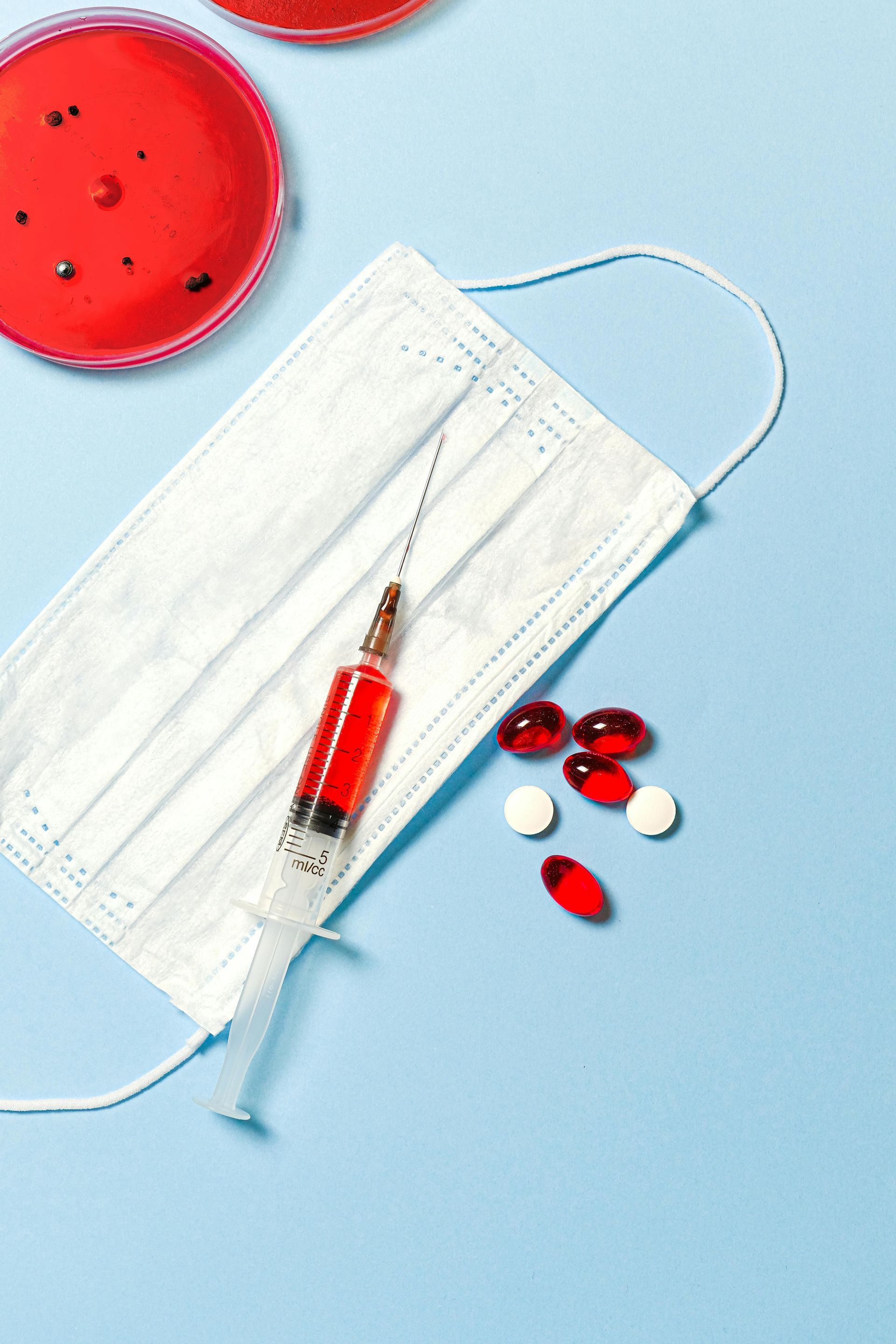Dosage Calculations
Dosage calculations are essential for accurate and safe medication administration. Below are common methods and their associated formulas:
Basic Formula Method
- Desired Dose (D): The amount ordered by the physician.
- Available Dose (H): The dosage strength on hand.
- Quantity (Q): The form in which the drug is available (e.g., tablet, mL).
Ratio and Proportion Method
Solve for X , which represents the amount to administer.
Dimensional Analysis
This method ensures unit consistency and avoids errors.
Body Weight Method
Commonly used in pediatric and certain adult dosages.
Body Surface Area (BSA) Method
Primarily used in oncology and pediatrics for precise dosing.
Dosage Calculation in Nursing: A Comprehensive Guide
Dosage calculation is a critical skill in nursing practice, essential for ensuring safe and effective patient care. Accurate medication administration hinges on the nurse's ability to compute correct dosages, interpret medication orders, and understand pharmacological principles. Errors in dosage calculation can lead to underdosing or overdosing, potentially causing adverse drug events or therapeutic failure. This guide provides an in-depth overview of dosage calculation principles, common formulas, and practical examples to enhance proficiency in this vital area.
Importance of Dosage Calculation
- Patient Safety: Accurate dosages prevent medication errors that could harm patients.
- Therapeutic Efficacy: Correct dosages ensure medications achieve their intended therapeutic effects.
- Legal and Ethical Responsibility: Nurses are accountable for administering medications safely and correctly.
- Professional Competence: Proficiency in dosage calculation reflects a nurse's competence and commitment to quality care.
Basic Principles of Dosage Calculation
- Understanding Units of Measurement
- Metric System: Milligrams (mg), grams (g), liters (L), milliliters (mL).
- Apothecary System: Grains (gr), minims, drams (rarely used but may appear in older orders).
- Household Measurements: Teaspoon (tsp), tablespoon (tbsp), ounce (oz), drops (gtt).
Conversion Between Units
- Common Conversions
- 1 gram (g) = 1,000 milligrams (mg)
- 1 milligram (mg) = 1,000 micrograms (mcg)
- 1 liter (L) = 1,000 milliliters (mL)
- 1 teaspoon (tsp) = 5 milliliters (mL)
- 1 tablespoon (tbsp) = 15 milliliters (mL)
- 1 ounce (oz) = 30 milliliters (mL)
Components of a Medication Order
- Drug Name
- Generic or brand name.
- Dosage
- Amount of medication to be administered.
- Route
- Method of administration (oral, intravenous, intramuscular, etc.).
- Frequency
- How often the medication is to be given.
- Special Instructions
- Any specific directives related to timing or administration.
Basic Formula Method
- Divide the desired dose (amount prescribed by the doctor) by the available dose (drug strength on hand).
- Multiply the result by the quantity (form in which the drug comes, such as tablet or mL).
- This calculates the exact dose to administer.
Ratio and Proportion Method
- Set up a proportion comparing the available dose and its quantity to the desired dose and an unknown amount (X).
- Solve for X, which represents the dose to administer.
Dimensional Analysis
- Multiply the desired dose by the ratio of the quantity (form of the drug) to the available dose.
- This method uses a single equation and ensures all units are consistent.
Body Weight Method
- Multiply the patient’s weight (in kilograms) by the dosage required per kilogram.
- This method is often used for pediatric patients or weight-based medications.
Body Surface Area (BSA) Method
- Calculate the patient’s BSA using their height and weight in the formula for square meters.
- Multiply the BSA value by the dosage required per square meter.
- This method is primarily used in oncology and pediatrics for precise dosing.
Safety Considerations
- Double-Checking Calculations
- Always verify calculations, especially for high-risk medications.
- Use a calculator and, if possible, have another healthcare professional check your work.
- Understanding Decimal Points
- Avoid trailing zeros (e.g., write 5 mg, not 5.0 mg).
- Use leading zeros for doses less than one (e.g., write 0.5 mg, not .5 mg).
Clarifying Orders
- If an order is unclear or seems incorrect, consult the prescribing physician.
- Never guess or make assumptions about a medication order.
Using Standardized Measuring Tools
- Use syringes marked in milliliters for liquid medications.
- Avoid household utensils (like teaspoons) due to variability in size.
Awareness of High-Alert Medications
- Medications such as insulin, heparin, and chemotherapy agents require extra caution.
- Follow institutional protocols for administration.
- Calculating Safe Dosage Ranges
- Verify that the calculated dose falls within the recommended safe range.
- Consult drug guides or institutional policies.
- Tips for Accurate Dosage Calculation
- Stay Current with Knowledge
- Regularly review pharmacology and calculation methods.
- Attend continuing education sessions.
- Practice Regularly
- Engage in practice problems to maintain proficiency.
- Utilize simulation labs if available.
- Organize Information Clearly
- Write out all steps of the calculation.
- Label units throughout to track conversions.
- Manage Distractions
- Perform calculations in a quiet environment when possible.
- Focus entirely on the task to minimize errors.
Conclusion
Mastering dosage calculation is essential for nursing professionals to provide safe and effective patient care. A solid grasp of mathematical principles, attention to detail, and adherence to safety protocols are critical components of accurate medication administration. By continually honing calculation skills and staying informed about best practices, nurses can significantly reduce the risk of medication errors and enhance patient outcomes.
